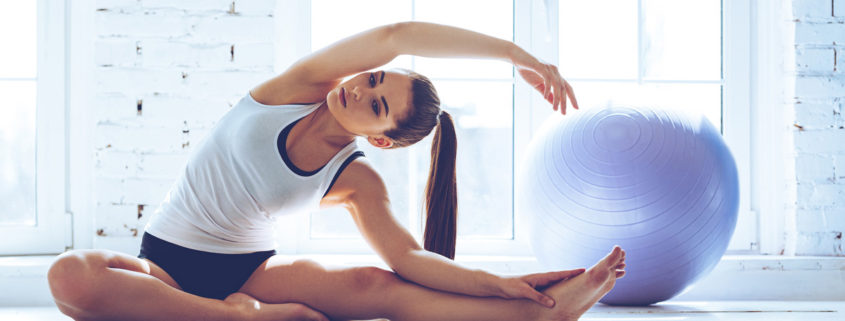Unlock your power and avoid injury by training stability and mobility
If you take the time to look at each joint in the body you will notice the joints alternate between the need for mobility and stability as you move up the chain. The ankle needs to have significant mobility (moves in multiple directions) and the knee needs increased stability (primarily a hinge). As you continue up the chain, you notice the hip has more mobility and the lower back requires more stability. The same can be seen when we look at the wrist elbow and shoulder.
Maintaining this relationship in our body is crucial for sports performance, health and avoiding injury. If you lose mobility or control of a mobile joint, your body will try to gain that mobility from a more stable segment along the chain. This will eventually lead to injury if the tasks is performed enough times. Moreover, you will not get as much out of your workouts as you think you are and if your goal is to train for a sport, you could be teaching your body to work in a inefficient way when competing.
The simplest illustration is in the squat. A big problem in the squat is depth. If you had trouble getting deep, the first thing the old school gurus did was recommend that you elevate the heels. We may not have understood the difference between mobility and stability as it related to the ankle, but we did know that squatting in work boots allowed us to get depth easier. In simple terms, heeled shoes (work boots in this case) compensate for poor ankle mobility.
By continuing to squat with elevated heels, this individual has now trained his body to work and be strong in way that does not translate to everyday movement and not for most sports. When running jumping and rapidly changing direction, the foot and ankle will need to reach more ranges of motion which it has not been trained in which makes it and other structures in the chain vulnerable to injury.
This can be avoided by taking the time to add mobility and stability training to your exercise regimen as well as having a therapist identify and improve mobility in dysfunctional segments. This does not only mean stretching muscles!
Joints have smaller muscles that focus on proper joint positioning/control and others that are movers/power generators. They each play a very important role, and one cannot work properly without the other. The more efficient the smaller stabilizers work, the easier you can generate power and mobility with the moving muscles. You will be surprised at how much stronger you can be when you take the time to train the little muscles you don’t see.
Have yourself properly examined by a therapist and speak to a personal trainer to ensure you do not have any underlying limitations and compensation patterns. Adding the right exercises to your existing workout plan can not only avoid potential injury but also increase your performance significantly.


